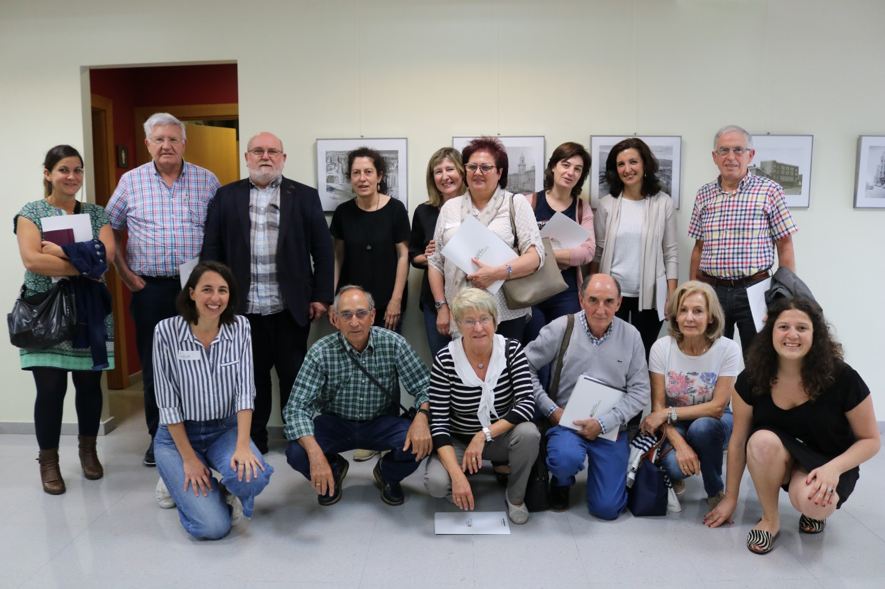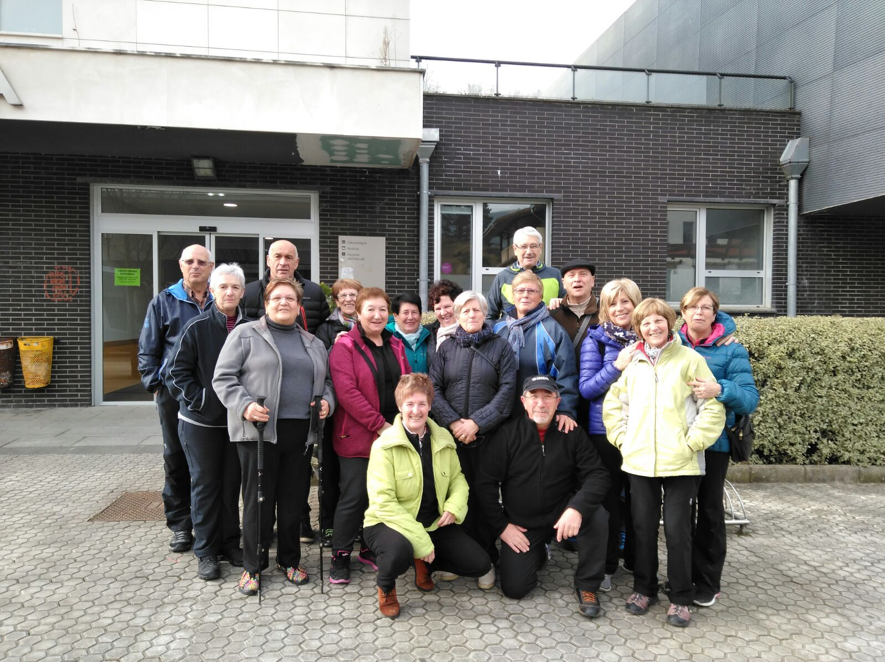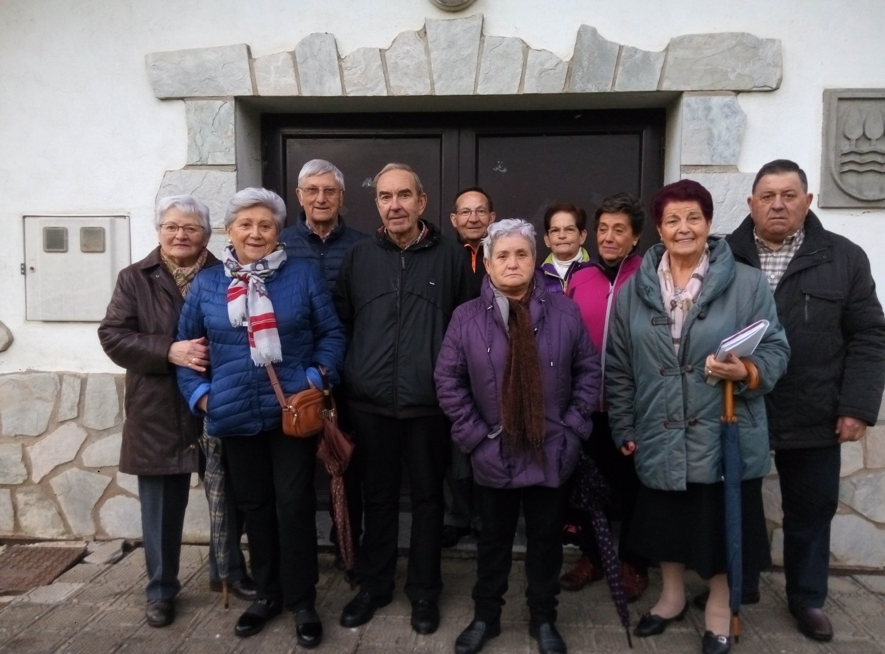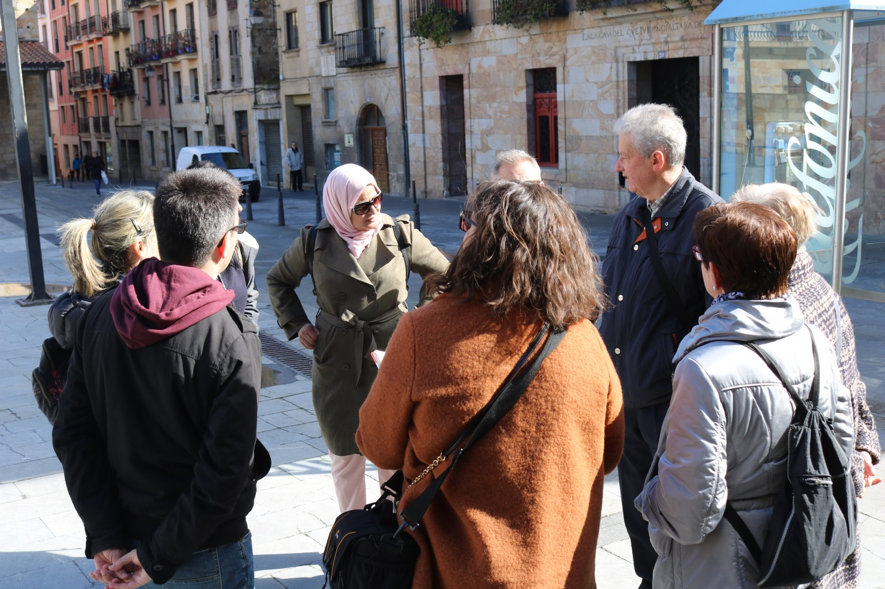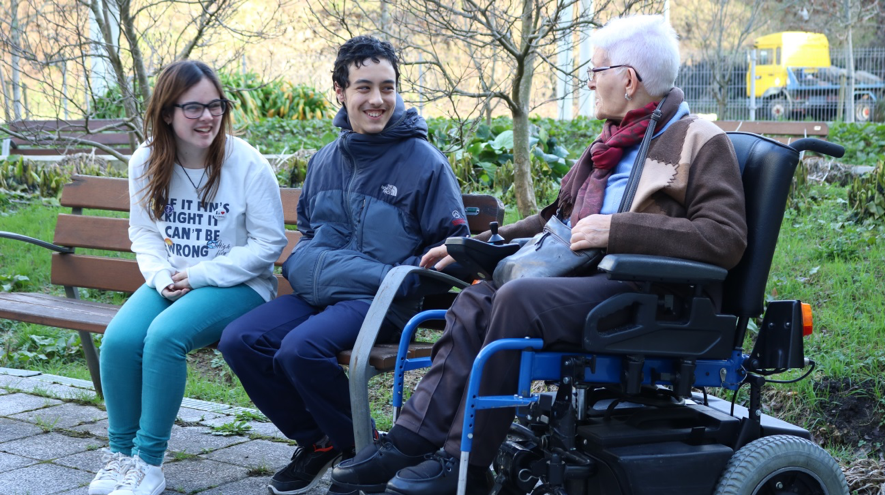Case Study: The Age-friendly Programme in Basque Country (Euskadi)
The age-friendly movement in the Basque Country (officially the Basque Autonomous Community) started at city level in Donostia/San Sebastián, which joined the WHO Global Network of Age-friendly Cities and Communities Initiative (GNAFCC) in 2009, followed swiftly by other capitals in the Basque Country. This precipitated a move towards a regional level initiative, whereby a range of stakeholders would work together within an age-friendly framework. As a result a regional initiative, Euskadi Lagunkoia, was launched in May 2012, implemented by the Department of Employment and Social Policies of the Basque regional government and the Matia Gerontological Institute. Currently more than 50 municipalities in the Basque Country participate in the age-friendly project.
Although the ultimate objective is to encourage participation of older people in civic life, the programme is not just aimed at older people. This is reflected in its name, Euskadi Lagunkoia, which translates as Friendly Euskadi rather than Age-friendly Euskadi, highlighting the intention of drawing in people of all generations. The programme seeks to encourage intergenerational relationships and has done so through a number of projects implemented as part of the programme.
Through its work Euskadi Lagunkoia promotes the age-friendly movement in all the villages, communities and cities of the Basque Country. The Basque regional government supports smaller municipalities that have fewer resources to join the initiative, while also developing a network that integrates municipalities, organisations and individuals from the private, public and social sectors. In this way the work is carried out both at the local level, by town councils, older people associations, organisations, and citizens, as well as at regional level, by generating a common methodology and piloting action programmes in collaboration with other departments and areas of the Basque Government.
The current priorities for the programme are (1):
● consolidation, networking and exchange of good practices;
● evaluation of project impacts;
● participation by other municipalities;
● promotion of age-friendliness in the area of health, including age-friendly health centres and hospitals, and dementia-friendly communities.
Challenges and Strategies for Progress
© Basque Country, Spain - Workshop on Action Plan in Bizkaia
The Basque Country is an autonomous area in northern Spain with a population of 2,175,819 (2). It includes the Basque provinces of Álava, Biscay and Gipuzkoa but almost half of the inhabitants live in the Greater Bilbao metropolitan area. Nearly 30% of the Basque population was born elsewhere. During the 20th century the source of this immigration was mostly other parts of Spain but over recent years sizeable numbers have returned to their birthplaces and most people moving to the Basque Country now come from abroad, mainly South America. The Basque Country ranks first in Spain in terms of per capita income (2).
The proportion of people aged 65 and over in the Basque Country is one of the highest in Europe at nearly 22% and this is projected to increase to 28.2% in 2031 (2)(3), by which time more than half of the Basque population will be aged 50 and above. There is a ratio of 1.5 people aged 65 or over to every person under 16, exceeding that of Spain as a whole (1.2). In terms of the oldest old, the proportion of those aged 85 and over has risen from 2.1% of the total population in 2007 to 3.7% in 2017.
For the current 2016-2020 parliamentary term, the progamme for sustainable human development sets out the commitments made by the Basque regional government. Challenges relating to the rapid ageing of the population include the need to: promote innovative policies for comprehensive care for ageing, chronic diseases and dependency; facilitate collaboration and active participation of older people in community or neighbourhood actions; developing the Basque Strategy for Active Aging 2015-2020 (4), and promoting social awareness against negative stereotyping of older people.
One of the most important success factors in developing the age-friendly programme in the Basque Country is grassroots citizen leadership. Collaboration between older people's associations has been key and the project has been used to revitalise their centres and work around a common goal.
Age-friendly City Projects – Examples of Success
The programme has also developed targeted projects aimed at particular groups of older people who often remain excluded. Initiatives havebeen carried out with people with dementia and their relatives (with the collaboration of the Alzheimer's Association of Gipuzkoa) for the design of an awareness brochure on dementia, Building a Dementia Friendly Basque Country (5). The brochure includes what dementia is, how to detect it, how to help a person when they have a problem and where to find more information. It was distributed to all the municipalities belonging to the Euskadi Lagunkoia network and in 2018 an agreement was signed with the College of Pharmacists to distribute it in all pharmacies in the Basque Country. There is also a module in the Guide to Age-Friendly Business (6) on how to detect, treat and communicate with people with dementia.
One example involving the private sector is the Friendliness Guide for Establishments - Shops and Restaurants (6) that offers low-cost or no cost ways a store can adapt to an older clientele. It includes modules on the loss of mobility, vision and hearing loss and cognitive impairment. The guide is used in workshops with owners and managers of establishments and more than 400 establishments from the Basque Country have attended sessions and signed a commitment to the friendliness of their businesses.
Future of Basque Country’s Age-friendly Programme
© Basque Country, Spain - Zurmarraga Lagunkoia, Legacy Programme
The Basque Country’s age-friendly programme has shown how a local initiative can be rolled out to include a range of municipalities in a region, encouraging the growth of voluntary action and collaborative movements with and among ageing populations. In order to scale up the initiative, a Practical Guide to Implement and Use in Municipalities (7) has been developed as the basic tool for implementation and development of the programme. In 2018 programme leaders worked on a new version to include methodological tools for setting up Promotion Groups and developing action plans.
A number of methods have been used to assess the degree of age-friendliness of a particular municipality, including a questionnaires and focus groups. In addition, the Active Ageing Index (AAI), a tool for measuring the untapped potential of older people for active and healthy ageing across countries (8), was used in the Basque Country in 2014 and 2015 to measure the level to which older people live independent lives, participate in paid employment and social activities as well as their capacity to actively age. The AAI will be calculated again in 2019 to measure the impact of the project at the macro level and monitor overall progress and identify where challenges remain.
The Basque Strategy for Active Aging 2015-2020 (4) also details a number of priority areas for the future. These include: expanding the network of municipalities belonging to the Euskadi Lagunkoia initiative; ensuring the active participation of older persons in the diagnosis and implementation of the process of making their villages, towns and territories age-friendly; involving the private sector in the friendly movement; and incorporating an age perspective into urban design, and integrating with an intergenerational and gender approach.
Acknowledgments: This case study was written in partnership with a team from the University of Manchester led by Tine Buffel and consisting of Tine Buffel, Natalie Cotterell, Chris Phillipson, and Samuèle Rémillard-Boilard; in collaboration with Elena del Barrio and Sara Marsillas of Basque Country.
References
(1) Barrio E, Matia Gerontological Institute, personal communication, September 2018.
(2) Eustat (2017a). Estadística municipal de habitantes. January 1. Recovered from: http://www.eustat.eus/elementos/ele0013900/Poblacion_de_la_CA_de_Euskadi_por_lugar_de_nacimiento_segun_territorio...
(3) Eustat (2017b). Population Projections 2031. Analysis of Results. Population Projections. Demographic Scenarios (DS). 2061 http://en.eustat.eus/elementos/ele0015200/ti_The_Basque_Country_could_have_28800_more_inhabitants_in_2061/not0015236_i.html
(4) Estrategia vasca de envejecimiento activo 2015-2020 [Basque Strategy for Active Aging 2015-2020]. Vitoria-Gasteiz: Department of Employment and Social Policies, Basque Government; 2016 (http://www.ogasun.ejgv.euskadi.eus/r51-catpub/es/k75aWebPublicacionesWar/k75aObtenerPublicacionDigitalServlet?R01HNoPortal=true&N_LIBR=051715&N_EDIC=0001&C_IDIOM=es&FORMATO=.pdf, accessed 18 November 2018).
(7) Barrio E, Tomasena A, Indart A, Elortza G, Llana L. Practical guide to implement and use in municipalities. Donostia/San Sebastián: Basque Government; 2015 (http://www.euskadilagunkoia.net/images/Practical_Guide_to_Implement_and_Use_in_Municipalities.pdf, accessed 18 November 2018).
(8) United Nations Economic Commission for Europe (UNECE)/European Commission. Active Ageing Index 2014: Analytical Report. Report prepared by Asghar Zaidi, Centre for Research on Ageing, University of Southampton and David Stanton, under contract with UNECE, co-funded by European Commission’s Directorate General for Employment, Social Affairs and Inclusion (Brussels). Geneva: UNECE; 2015 (https://www.southampton.ac.uk/assets/sharepoint/groupsite/Administration/SitePublisher-document-store/Documents/aai_report.pdf, accessed 18 November 2018).


